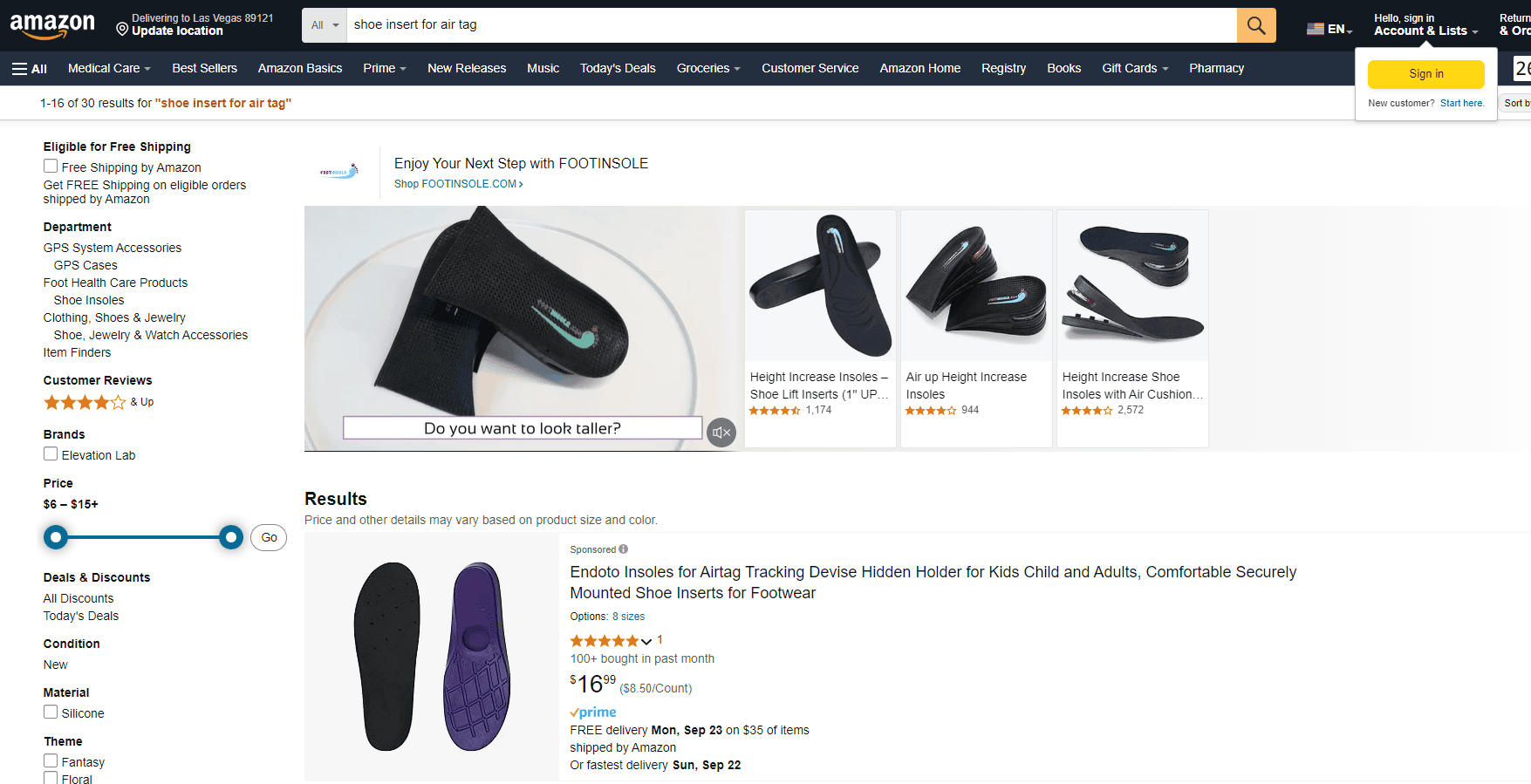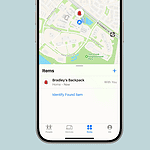Yes, you can place an AirTag in your child’s shoe by using a shoe insole specifically designed to hold an AirTag. These insoles are available on Amazon and can be trimmed to fit the child’s shoe size. Other methods of attaching an AirTag to a child include using shoe laces, clothing, or placing it in a backpack or bag that your child carries. It’s important to note that while AirTags can offer peace of mind, they are not a substitute for safety skills. Moreover, tracking individuals with AirTags is generally illegal, except for parents and guardians tracking their own children.
The use of AirTags to track children has sparked significant debate. While the technology provides a sense of security for parents, it’s crucial to carefully consider the potential benefits and risks. Open communication, trust, and education are fundamental elements of child safety. Keeping track of your child’s whereabouts can offer reassurance in a fast-paced world. Apple’s AirTag is a small, coin-shaped device designed to help locate lost items, and it can be repurposed for child safety. The device seamlessly integrates with the Find My app on an iPhone, providing parents with a means to track their child’s location when attached to their belongings.
When setting up an AirTag for your child, you need to link it to your Apple ID and place it discreetly in your child’s backpack or jacket. It’s essential to have open conversations with your child about why you are using an AirTag, emphasizing their safety and your peace of mind. Privacy considerations are important, as using such technology entails respecting your child’s autonomy and trust.

AirTags and Child Safety: A Balanced Perspective
The Appeal of AirTags for Child Tracking
In a world where child safety is paramount, the idea of discreetly placing an AirTag in your child’s shoe can seem appealing. It offers the potential for real-time location tracking, providing peace of mind in crowded places or during unexpected situations.
Potential Risks and Considerations
- Comfort and Fit: AirTags are relatively small but can still cause discomfort if not placed properly. Ensure the AirTag doesn’t interfere with your child’s movement or cause any irritation.
- Battery Life: AirTags have a battery life of approximately one year. Remember to replace the battery regularly to ensure continuous tracking.
- Privacy Concerns: While AirTags are designed with privacy in mind, it’s essential to consider the implications of tracking your child’s location. Open communication and trust are crucial.
- Potential for Misuse: There’s a risk that someone with malicious intent could exploit AirTags for tracking purposes. Educate your child about the importance of not sharing their belongings with strangers.
- Limited Effectiveness: AirTags rely on Bluetooth connectivity and the Find My network. In areas with limited coverage, tracking may be less reliable.
Alternatives to Consider
- GPS Trackers: Dedicated GPS trackers for kids often offer additional features like geofencing and SOS alerts.
- Smartwatches: Many smartwatches for children include built-in GPS tracking and communication features.
- Communication and Safety Plans: Establish clear communication protocols and safety plans with your child.
Pros and Cons at a Glance
| Pros | Cons |
|---|---|
| Real-time location tracking | Potential discomfort or fit issues |
| Peace of mind in crowded places | Battery life limitations |
| Relatively affordable | Privacy concerns |
| Easy to set up and use | Potential for misuse |
| Limited effectiveness in some areas |
Key Takeaways
- AirTag provides a method to track and find your child’s location.
- The Find My app makes tracking your child’s AirTag simple.
- Conversations about consent and privacy are crucial when tracking your child.
Setting Up AirTag for Child Safety
Using AirTags can help parents keep track of their child’s belongings and, by extension, their child. The setup process is straightforward and involves purchasing the AirTag, linking it to your iPhone, securing it to an item your child always carries, and explaining to your child how the AirTag works.
Purchasing and Preparing Your AirTag
Before you can use an AirTag for tracking, you need to buy one. Sold by Apple, AirTags use Bluetooth and can connect to the Find My network to locate items. Each AirTag runs on a CR2032 battery, which is commonly available and lasts about a year. After purchase, take the AirTag out of its packaging and make sure it has a battery installed.
Configuring AirTag with Your iPhone
To link an AirTag with your iPhone, you need iOS 14.5 or later. Turn on Bluetooth, then hold the AirTag close to your iPhone. A setup animation appears on screen. Follow prompts to name your AirTag after an item your child always has with them. The AirTag then pairs with your phone’s Find My app where you can see its location.
Attachment and Placement Strategies
Attach the AirTag securely to an item your child carries like a backpack or jacket. Make sure the AirTag is not directly on the child. The tag must be in range, usually within 30 feet, to track effectively. AirTags use Apple’s U1 chip for Precision Finding, which helps to pinpoint location but works best when there are no obstructions blocking the signal.
Educating Your Child about AirTag
Teach your child that the AirTag is there for their safety. It’s not a toy. They should know that you use it to find lost items and, in case of emergency, to locate them. It’s important to get your child’s consent and explain that they too can use the Find My app for locating the AirTag when needed.
Maximizing Safety and Privacy
Using AirTags to keep track of children combines safety with technology. This section guides parents in securing their child’s privacy while employing these tracking devices.
Understanding AirTag’s Anti-Stalking Features
Apple has designed AirTags with features to prevent unwanted tracking. These coin-sized devices emit a sound after being separated from their owner for a set period, alerting nearby people of their presence. They also send notifications if an unknown AirTag is found moving with a person. This feature works with iPhone 11 and later models, helping mitigate the risk of stalking.
Privacy Considerations and Legal Aspects
When using AirTags for children, parents must respect privacy. Informing a child about the presence of a tracking device is vital. Legally, tracking without consent can lead to liability issues. Only the child’s guardians should have access to the location data, and sharing it with others could infringe on privacy rights.
Responding to Unwanted Tracking Alerts
If a child receives an alert about an unknown AirTag, it’s crucial to act quickly. They should check their belongings and disable the unfamiliar AirTag if found. This can be done by removing the battery. Parents should regularly instruct their child on how to respond to these alerts appropriately.
Regularly Updating AirTag and iPhone Software
To ensure AirTags work effectively, keeping them and the connected iPhone updated is necessary. Updates can enhance battery life and the efficacy of anti-stalking features. Parents should use the latest version of iOS and regularly check for AirTag firmware updates to maintain optimal performance and security.







